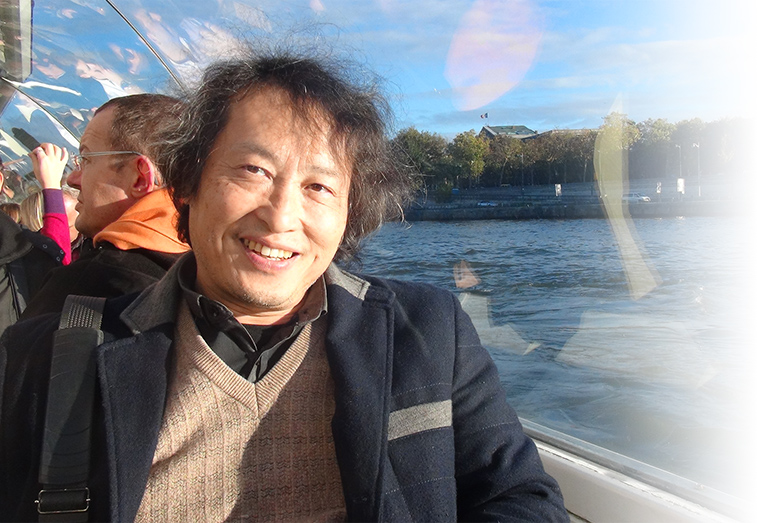
Team Leader
Shigeru Kuratani
Ph.D.
Laboratory for Evolutionary Morphology
[Closed Mar. 2024]
E-mailshigeru.kuratani[at]riken.jp
Please replace [at] with @.
Evolution can be viewed as series of changes introduced to developmental programs of organisms. The ultimate goal of our research project is to reconstruct the mechanical background of development behind evolutionary novelties in vertebrates, such as jaws and turtle crapace, by comparing developmental processes and patterns between different animal species to identify the changed portion of development, by constructing phenocopies to modify a part of developmental programs of model animals, and by integrating the experimental data with fossil data, phylogenetic trees based on molecular data, and variety of genomes in animals.
Research Theme
- Head
- Skeletomuscular system
- Nervous system
- Vertebrates
- Cyclostomes
Selected Publications
Hirasawa T, Hu Y, Uesugi K, et al.
Morphology of Palaeospondylus shows affinity to tetrapod ancestors.
Nature
606(7912), 109-112 (2022)
doi: 10.1038/s41586-022-04781-3
Takagi W, Sugahara F, Higuchi S, et al.
Thyroid and endostyle development in cyclostomes provides new insights into the evolutionary history of vertebrates.
BMC Biology
20(1), 76 (2022)
doi: 10.1186/s12915-022-01282-7
Higuchi S, Sugahara F, Pascual-Anaya J, et al.
Inner ear development in cyclostomes and evolution of the vertebrate semicircular canals.
Nature
565(7739), 347-350 (2019)
doi: 10.1038/s41586-018-0782-y
Pascual-Anaya J, Sato I, Sugahara F, et al.
Hagfish and lamprey Hox genes reveal conservation of temporal colinearity in vertebrates.
Nature Ecology & Evolution
2(5), 859-866 (2018)
doi: 10.1038/s41559-018-0526-2
Sugahara F, Pascual-Anaya J, Oisi Y, et al.
Evidence from cyclostomes for complex regionalization of the ancestral vertebrate brain.
Nature
531, 97-100 (2016)
doi: 10.1038/nature16518
Wang Z, Pascual-Anaya J, Zadissa A, et al.
Development and evolution of turtle-specific body plan assessed by genome-wide analyses.
Nature Genetics
45, 701-706 (2013)
doi: 10.1038/ng.2615
Oisi Y, Ota KG, Kuraku S, et al.
Craniofacial development of hagfishes and the evolution of vertebrates.
Nature
493, 175-180 (2013)
doi: 10.1038/nature11794
Nagashima H, Sugahara F, Takechi M, et al.
Evolution of the turtle body plan by the folding and creation of new muscle connections.
Science
325, 193-196 (2009)
doi: 10.1126/science.1173826
Ota KG, Kuraku, S, Kuratani S.
Hagfish embryology with reference to the evolution of the neural crest.
Nature
446, 672-675 (2007)
doi: 10.1038/nature05633
Takio Y, Pasqualetti M, Kuraku S, et al.
Evolutionary biology: lamprey Hox genes and the evolution of jaws.
Nature
429(6989), 622 (2004)
doi: 10.1038/nature02616
Shigetani Y, Sugahara F, Kawakami Y, et al.
Heterotopic shift of epithelial-mesenchymal interactions in vertebrate jaw evolution.
Science
296(5571), 1316-1319 (2002)
doi: 10.1126/science.1068310
News
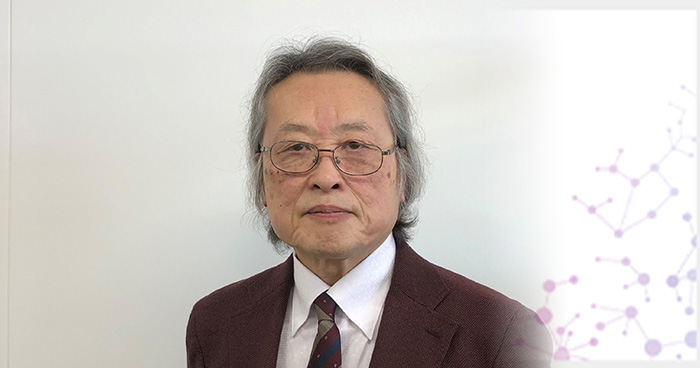
Mar. 21, 2025 BDR News
Former BDR Team Leader Shigeru Kuratani selected as Japan Academy Prize recipient
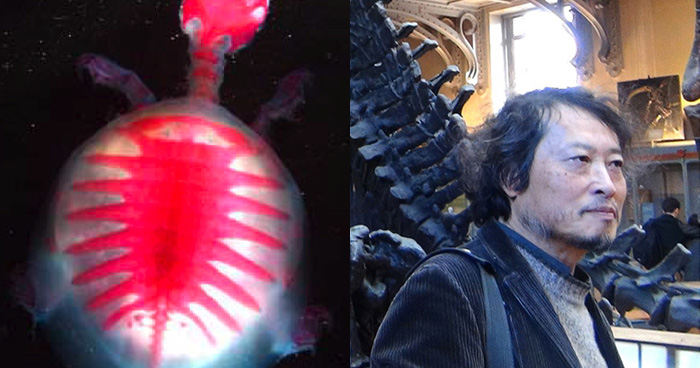
Jan. 29, 2024 BDR News
BDR Scientist Shigeru Kuratani Awarded The Asahi Prize
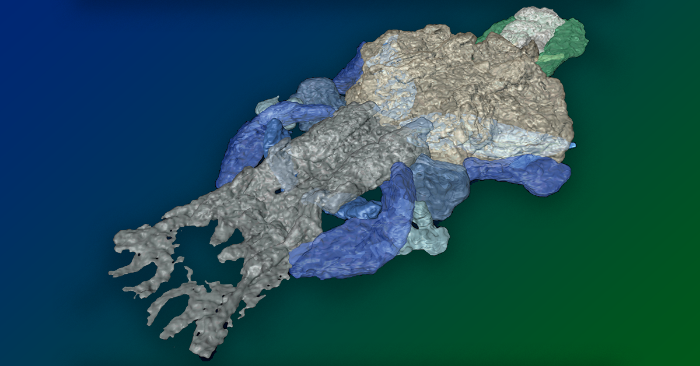
May 26, 2022 Research
Palaeospondylus : long-standing mystery of vertebrate evolution solved using powerful X-rays
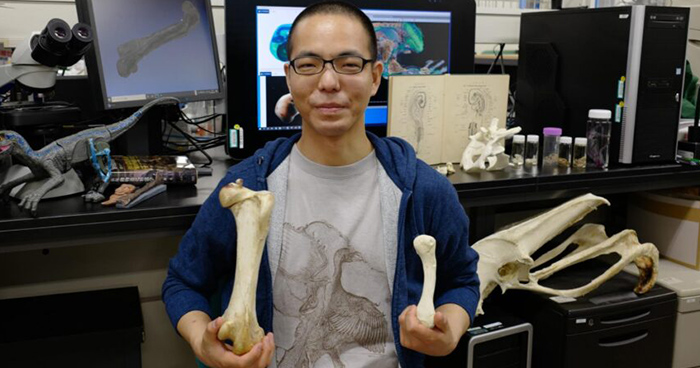
Apr. 2, 2021 BDR News
Dive into BDR's intriguing research
Applying Embryology to Dinosaur Studies
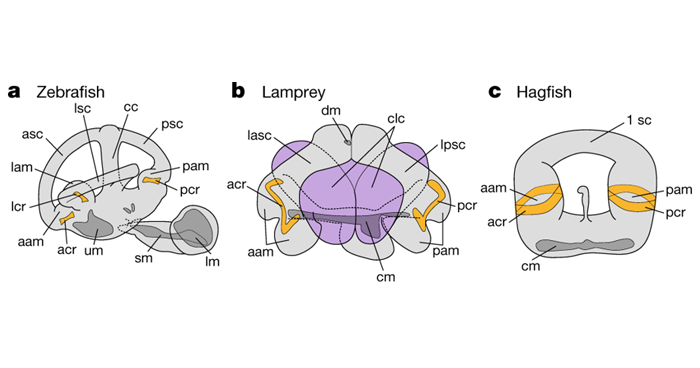
Dec. 6, 2018 Research
Evolution of the inner ear: insights from jawless fish



